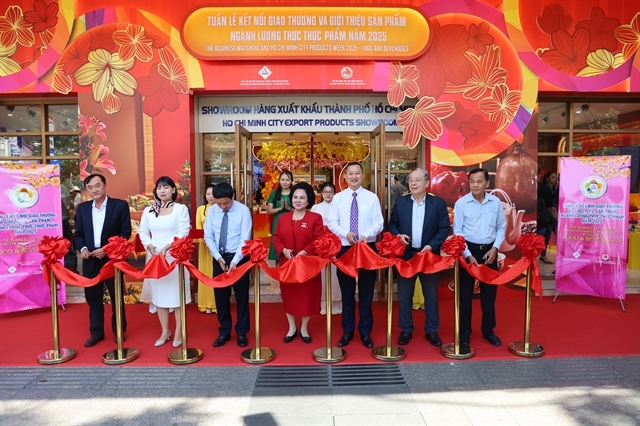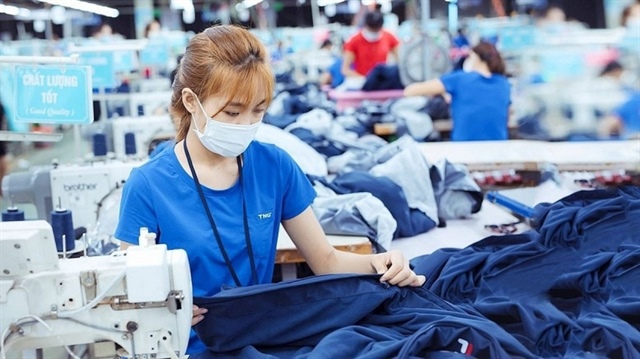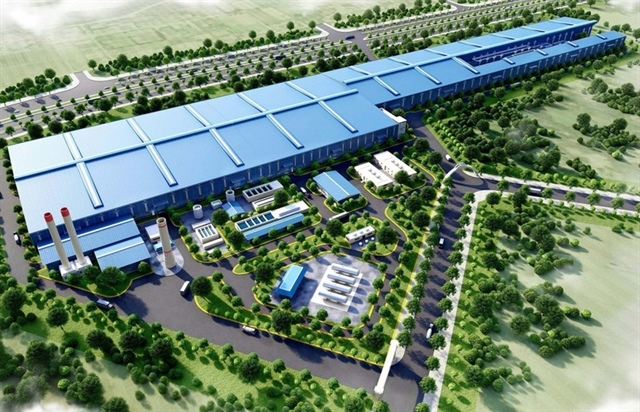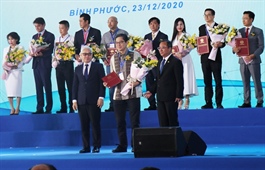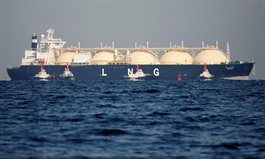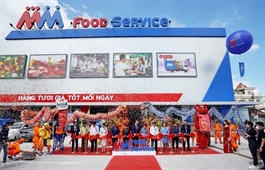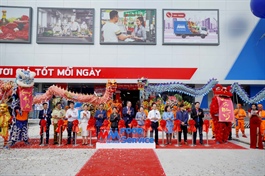Hanoi transforms into husbandry breeding powerhouse
Hanoi transforms into husbandry breeding powerhouse
According to the Hanoi Department of Agriculture and Rural Development, by the end of last year, the capital city had 3,150 farms, 500 more than in 2015. The farms supply residents with hundreds of thousands of tonnes of food, meat, vegetables and fruit every year.
Increasing production value
According to the Hanoi Department of Agriculture and Rural Development, despite the Covid-19 pandemic, cattle and poultry breeding in the city is being transformed and has experienced encouraging development.
Hanoi has 76 communes involved in large-scale livestock breeding on more than 3,800 farms, and 75 central aquaculture areas totaling almost 5,400ha of land and water surface. The city has also formed 52 livestock production and distribution chains.
In fact, the capital city’s animal husbandry sector has large and industrial-scale farms accounting for 45 percent of farms nationwide, producing more than 60 percent of the output, says Nguyen Xuan Duong, acting director of the Livestock Production Department.
A number of businesses have built safe food production and supply chains, including the 10-tonne poultry meat Lan Vinh Trading Joint Stock Company in Gia Lam District’s Yen Thuong Commune, and the 1.1-tonne pork South Hanoi Food Processing Group Joint Stock Company in Thanh Tri District, among others. The Yen Hoa Phu livestock cooperative in Quoc Oai District’s Dong Yen Commune was founded in 2016 with 53 staff members to farm 50,000 chickens for meat and 1.5 million chickens for eggs. In 2019, Hanoi chose the cooperative as a member of its safe livestock production chain project.
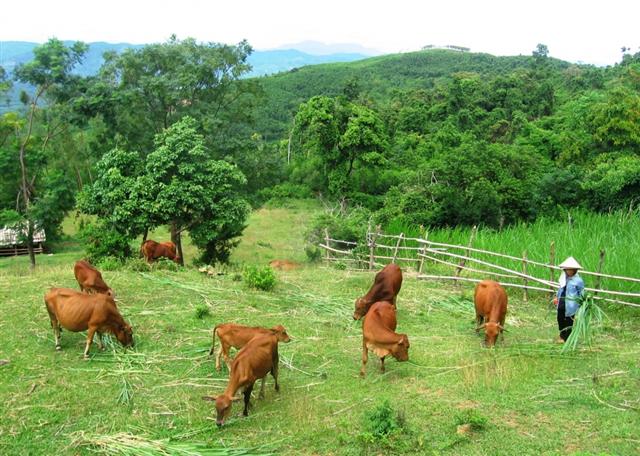
Hanoi has become a major provider of cattle and poultry breeds for the entire country
|
Ha Tien Nghi, Deputy Director of the Hanoi Agricultural Development Center, said the center has helped farmers organize production and sales in compliance with actual market demand while setting out farming and industrial process standards and promoting safe, high quality products. The center has established an origin traceability system.
Chu Phu My, Director of the Department of Agriculture and Rural Development, said that to support the farm economy, the department has directed agencies to coordinate with districts and towns to build technical transfer models and organize training in production, preservation and processing techniques and management skills, as well as provide market information to farm owners. The department has also been working to promote supply-demand connections, and providing financial assistance for trade and branding promotion to farms selected for the One Commune One Product (OCOP) program, said My.
The department also works with agencies to promote the issuance of land use right certificates allowing farms to borrow money from banks and other credit institutions, he added.
In terms of loans, the Hanoi Agricultural Extension Fund has created conditions for farms to access loans of up to VND400-500 million (US$17,000-21,000) if they have an effective business and production plan, My said.
The development of the farm economy model has improved living standards of many households and significantly increased the income of rural laborers, said Nguyen Kim Loan, Vice Chairwoman of Thach That District.
Improving competitiveness
According to the Hanoi Sub-Department of Livestock Production and Animal Health, livestock farmers in the city lack skills for market analysis, production planning and feasibility studies and therefore face tough competition with imported products. Flexible business strategies and adaptation to competitive strategies are important for them to survive competition and develop.
The city’s livestock breeding industry will minimize small-scale production, develop high quality products, increase application of science and technology to production, including origin traceability software, strengthen e-commerce, and promote sales.
Livestock production will be developed by modernizing and industrializing large-scale and household farms between 2020 and 2030, said Nguyen Xuan Duong, acting director of Livestock Production Department.
Industrial animal husbandry will be associated with organic and traditional farming, he said at a meeting on Strategies of Livestock Development by 2020 and 2030 held by the Ministry of Agriculture and Rural Development.
Between 2020 and 2030, the sector will focus on breeding pigs, poultry, cows and dairy cows, bringing into full play the country’s potential and expanding its export markets.
To realize the set targets, the industry will reorganize slaughtering and processing networks to ensure veterinary hygiene, food safety and environmental protection.
The Hanoi Department of Agriculture and Rural Development leadership said the EU-Vietnam Free Trade Agreement (EVFTA) would provide Vietnam’s livestock industry in general and Hanoi’s in particular with new development opportunities. Specifically, the industry will have the opportunity to approach new, advanced technologies and advanced production organization methods, attract new investors, and develop high technology and intensive processing. The industry needs to restructure production if it is to reach sustainable development and add value to products and services.
| To reach its production restructuring goal, the Hanoi livestock breeding industry will focus on producing high-quality breeds, and implement high-tech husbandry and aquaculture programs in compliance with the city’s conditions. |


